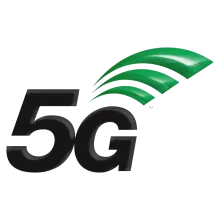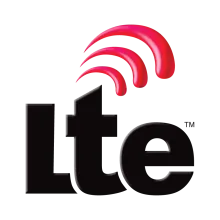Cellular mobile technology refers to a form of wireless communication technology that is characterised by its use of a distributed network of base stations, commonly referred to as cell towers. This network is divided into multiple geographic areas, each served by at least one fixed-location transceiver, known as a cell. The defining feature of cellular technology is its ability to manage high volumes of simultaneous calls and data transmissions by employing a method of frequency reuse across non-adjacent cells, thereby optimising the use of available bandwidth.
Unlike other wireless technologies such as WiFi, which operates over a single frequency band within a confined range, cellular networks are designed for greater scalability and reach, facilitating communication over expansive areas. One of the key aspects of cellular technology is the seamless handover process, allowing continuous service as users move between cells, a functionality not inherent to many other wireless systems. This technology is the foundation for mobile telephony, including various generations from 1G to the current 5G, and is pivotal in enabling a range of services from voice calls to high-speed data transfer.
Cellular Generations Explained
A Generation ‘G’ is defined as a set of cellular network protocols and standards which detail the technological implementation of a particular mobile phone system. Like almost all countries we use network standards set out by an organisation called 3GPP. 3GPP is responsible for writing technical standards called Releases, and setting performance goals called Generations.
Mobile communication standards are defined in a Technical Release. Each time the standards are improved, a new Release is issued. Every so often, a Release reaches a predefined performance target, such as a speed that can be achieved. When this goal is reached, the Technical Release can be said to be a new Generation of mobile network.
The reason we need to understand this semantic difference is that it helps us understand why some generations aren't too different. The line between 4G and 5G for example can seem quite blurred.
Cellular Generations

5G was developed with three broad use case families in mind: enhanced mobile broadband (eMBB), massive machine-type communications (mMTC) and ultra-reliable low-latency communications (URLLC). eMBB focuses on across-the-board enhancements to the data rate, latency, user density, capacity and coverage of mobile broadband access. mMTC is designed to enable communication between devices that are low-cost, massive in number and battery-driven, intended to support applications such as smart metering, logistics, and field and body sensors. Finally, URLLC will make it possible for devices and...

4G LTE (Long Term Evolution) or the E-UTRAN (Evolved Universal Terrestrial Access Network), introduced in 3GPP Rel. 8, is the radio access component of the Evolved Packet System (EPS) - a purely IP based mobile network standard. As an evolution to 3G UMTS, 4G LTE shares many similarities, such as harmonised frequency bands, but also many substantial technological advancements.
LTE is based on OFDMA (Orthogonal Frequency Division Multiple Access) and in combination with higher order modulation (up to 256QAM), large bandwidths (up to 100 MHz aggregate), and spatial multiplexing (MIMO) techniques...

UMTS is an umbrella term for the third generation radio technologies developed by the 3GPP. UMTS specifies a complete network system, for which the radio access component, known as UTRAN, uses WCDMA technology to offer greater spectral efficiency and bandwidth to mobile network operators. The system also includes the Core Network; the entity that interfaces to external networks including the public phone network and other cellular telecommunications networks.
While the UMTS standard supported both FDD and TDD duplexing, the overwhelming majority of 3G UMTS deployments used FDD frequency bands...